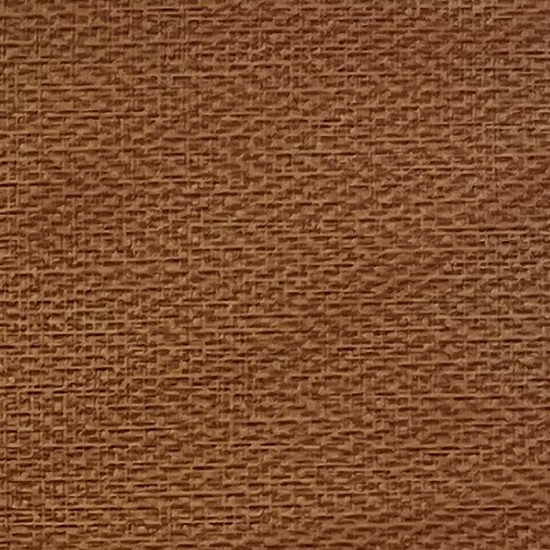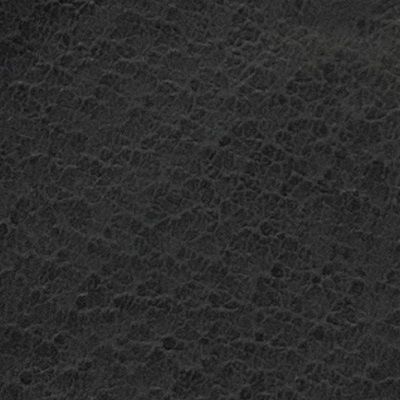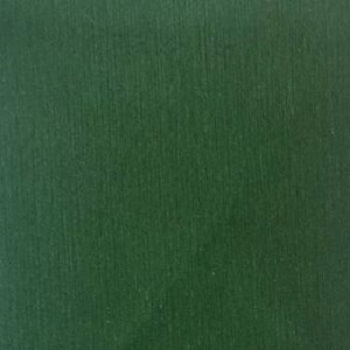Table of Contents
Pros and Cons of Using PU Material for Shoe Manufacturing
Polyurethane (PU) material has become a popular choice for shoe manufacturers due to its versatility and durability. This synthetic material offers a range of benefits that make it an attractive option for creating high-quality footwear. However, like any material, there are also some drawbacks to using PU in shoe manufacturing. In this article, we will explore the pros and cons of using PU material for shoes.
One of the main advantages of using PU material for shoes is its durability. PU is known for its ability to withstand wear and tear, making it a long-lasting option for footwear. This means that shoes made from PU material are less likely to show signs of damage or deterioration over time, making them a reliable choice for consumers looking for shoes that will last.
In addition to its durability, PU material is also lightweight. This makes shoes made from PU comfortable to wear for extended periods, as they do not weigh the foot down or cause discomfort. The lightweight nature of PU material also makes it a popular choice for athletic shoes, as it allows for greater flexibility and agility during physical activity.
Another benefit of using PU material for shoes is its water resistance. PU is a waterproof material, meaning that shoes made from PU are less likely to become damaged by water or moisture. This makes PU shoes a practical choice for outdoor activities or for individuals who live in rainy climates.
| Variety | Name |
| S | Shoe Upper |
Furthermore, PU material is easy to clean and maintain. Shoes made from PU can be wiped clean with a damp cloth, making them a convenient option for individuals who want to keep their footwear looking fresh and new. This ease of maintenance also contributes to the longevity of PU shoes, as they can be kept in good condition with minimal effort.
Despite its many advantages, there are some drawbacks to using PU material for shoes. One of the main disadvantages of PU is that it is not as breathable as natural materials such as leather. This can lead to discomfort for individuals who have sweaty feet or who are prone to foot odor. Additionally, the lack of breathability in PU shoes can cause the feet to become hot and uncomfortable, especially in warm weather.
Another drawback of using PU material for shoes is that it is not as environmentally friendly as natural materials. PU is a synthetic material that is derived from petroleum, which is a non-renewable resource. This means that the production of PU material can have a negative impact on the environment, as it contributes to carbon emissions and pollution.
In conclusion, PU material offers a range of benefits for shoe manufacturers, including durability, lightweight, water resistance, and ease of maintenance. However, there are also some drawbacks to using PU material, such as its lack of breathability and environmental impact. Ultimately, the decision to use PU material for shoes will depend on the specific needs and preferences of the consumer.
How to Care for PU Shoes to Extend Their Lifespan
Polyurethane (PU) is a popular material used in the manufacturing of shoes due to its durability, flexibility, and affordability. PU shoes are known for their ability to withstand wear and tear, making them a practical choice for everyday footwear. However, like any other type of shoe, PU shoes require proper care to ensure they last as long as possible. In this article, we will discuss some tips on how to care for PU shoes to extend their lifespan.
One of the most important things you can do to care for your PU shoes is to clean them regularly. Dirt, dust, and other debris can accumulate on the surface of the shoes, causing them to look worn and dull. To clean your PU shoes, simply wipe them down with a damp cloth or sponge. For tougher stains, you can use a mild soap or detergent mixed with water. Be sure to rinse the shoes thoroughly and allow them to air dry before wearing them again.
In addition to regular cleaning, it is also important to protect your PU shoes from harsh elements such as water and extreme temperatures. PU is not as water-resistant as other materials like leather, so it is important to avoid wearing your PU shoes in wet conditions. If your shoes do get wet, be sure to dry them thoroughly before storing them to prevent mold and mildew from forming. Similarly, extreme heat or cold can cause the PU material to crack or warp, so it is best to store your shoes in a cool, dry place when not in use.

Another important aspect of caring for PU shoes is to store them properly when not in use. Storing your shoes in a well-ventilated area away from direct sunlight can help prevent the material from deteriorating. Avoid stacking your shoes on top of each other or storing them in tight spaces, as this can cause the shoes to lose their shape over time. Instead, consider using a shoe rack or individual shoe boxes to keep your PU shoes organized and protected.
In addition to cleaning and storing your PU shoes properly, it is also important to maintain the shape of the shoes to prevent them from becoming misshapen or uncomfortable to wear. One way to do this is to stuff your shoes with tissue paper or shoe trees when not in use. This will help the shoes maintain their shape and prevent them from creasing or folding in on themselves. Additionally, rotating your shoes regularly and avoiding wearing the same pair every day can help prevent excessive wear and tear on the material.

By following these simple tips, you can help extend the lifespan of your PU shoes and keep them looking great for years to come. Remember to clean your shoes regularly, protect them from harsh elements, store them properly, and maintain their shape to ensure they stay in top condition. With proper care and maintenance, your PU shoes can continue to provide you with comfort and style for many seasons to come.







